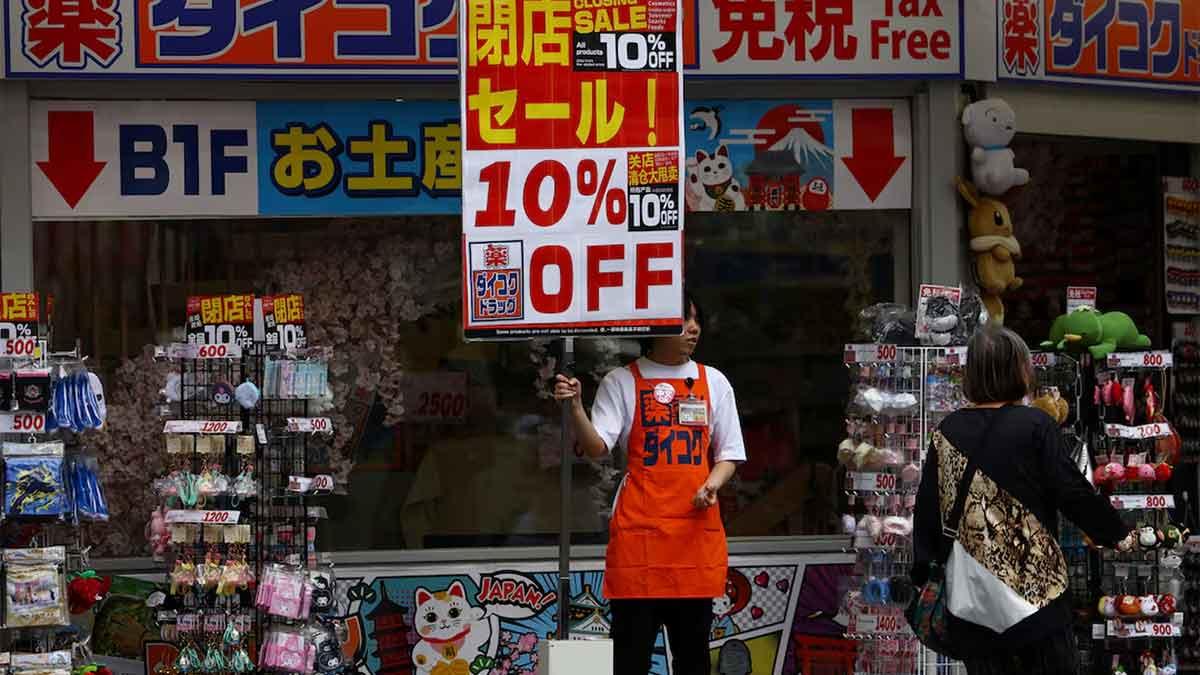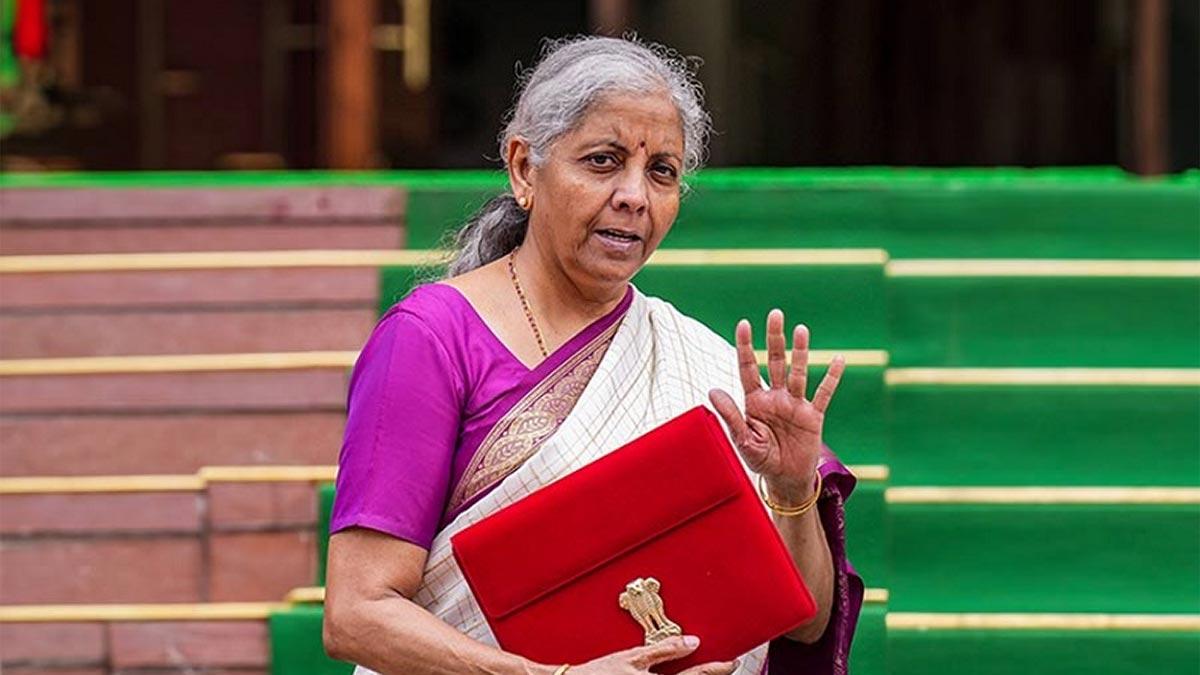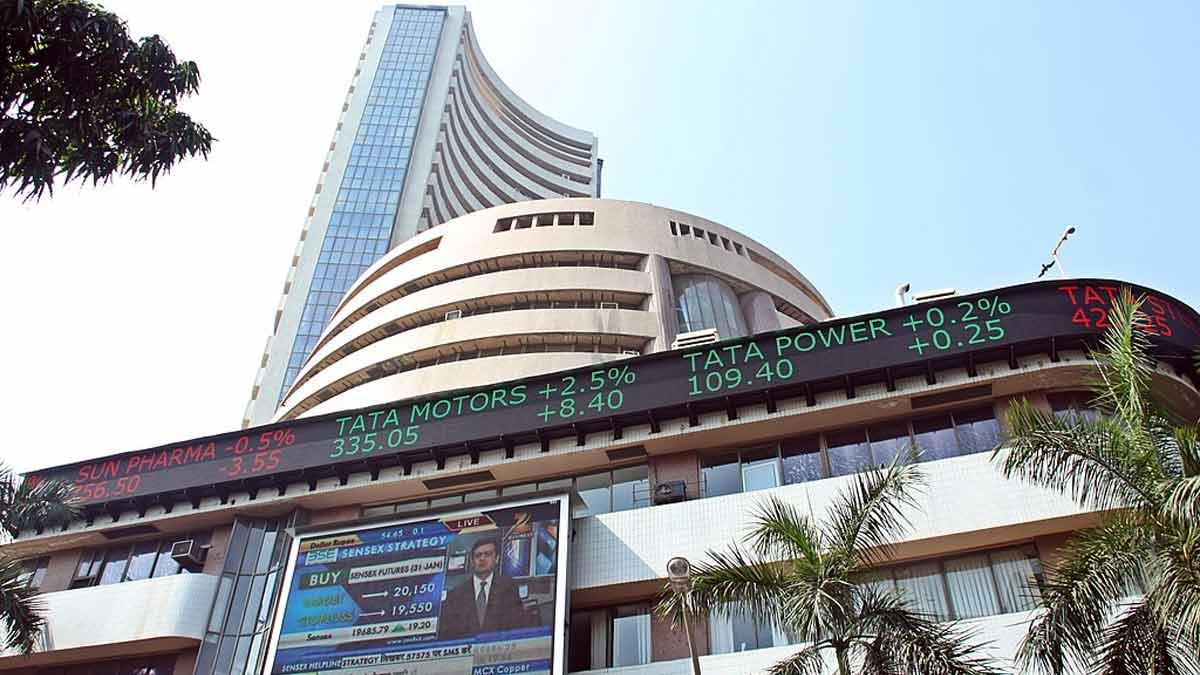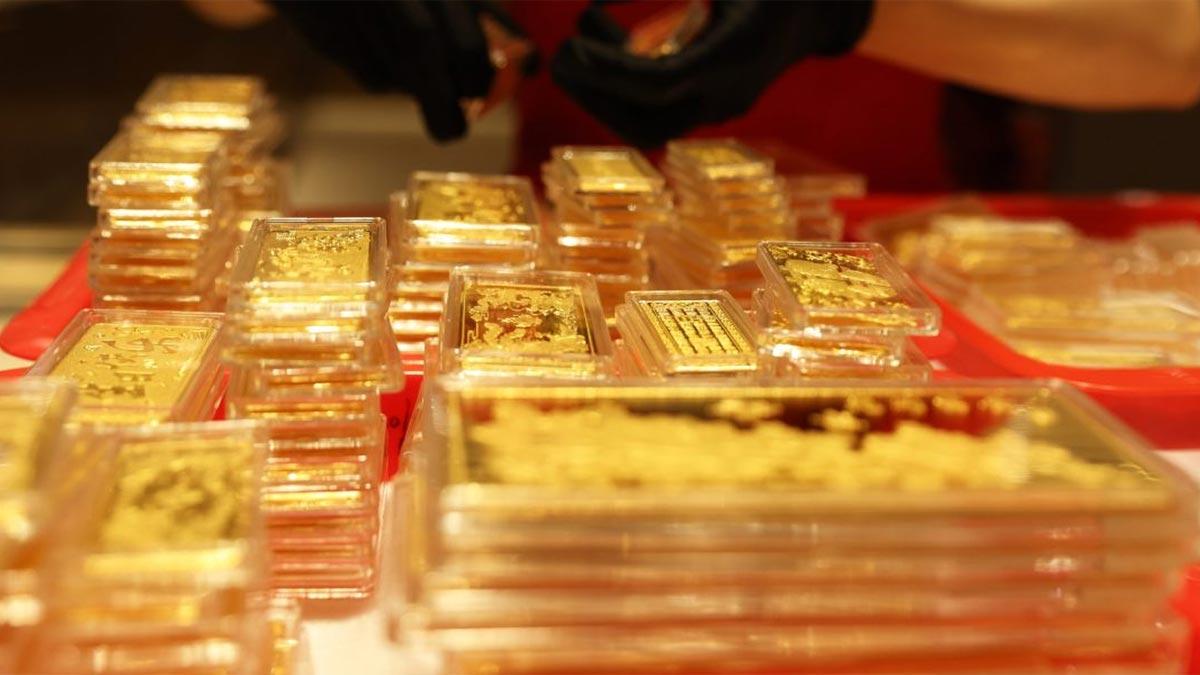Japan's economy contracted for the first time in a year during the March quarter, with the decline proving steeper than economists had predicted.
The latest government figures, released Friday, point to increasing vulnerability in Japan’s economic recovery as global trade tensions, particularly those driven by U.S. President Donald Trump's tariff initiatives, continue to loom.
The data points to growing troubles for Japanese policymakers, especially with the latest U.S. tariffs, aiming at strategic export sectors—most notably the country's key auto industry.
Japan's real gross domestic product (GDP) fell at an annualised 0.7% in the January to March period, a sharp drop from market expectations of a 0.2% fall.
The decline in this fall was caused by weak private consumption and an across-the-board reduction in exports—signs that foreign demand was already flagging before Trump's April 2 declaration of across-the-board "reciprocal" tariffs.
But the news wasn't all bad. Growth statistics for the final quarter were revised upward by a tiny bit, from 2.2% to 2.4%. And spending on investments exceeded forecasts, climbing 1.4% and contributing 0.7 percentage point to local growth.
Despite these silver linings, most analysts are wary of Japan's soft demand environment and the uncertain path ahead because of fluctuating U.S. trade policies.
"Japan's economy is not led by a growth driver because of weakness in consumption and exports. It is highly vulnerable to shocks such as Trump tariff blow," said Yoshiki Shinke, senior executive economist of Dai-ichi Life Research Institute.
"The numbers may trigger mounting calls for bigger budget spending," he said, warning another recession in the second quarter is conceivable based on how rapidly the tariff impact becomes more insistent.
Quarter by quarter, Japan's GDP fell 0.2%, surpassing the predicted 0.1% drop.
Growing Risks from Tariff Policies
Japan's Minister of Economic Revitalisation Ryosei Akazawa saw that strong pay growth offered by firms can support a modest pickup but flagged a few risks on the horizon.
"We must be mindful of risks to the economy from U.S. trade policy from the downside. Consumption and consumer sentiment hit by continued price rises are also a risk to growth," Akazawa told a press conference following the GDP release.
Consumer spending, which drives over half of Japanese economic growth, remained stable in the first quarter, disappointing projections for a modest 0.1% increase.
The GDP deflator, which is a gauge of how much companies can charge customers for rising costs, increased 3.3% from a year ago for the quarter, its second consecutive quarter to accelerate.
However, net external demand dragged overall GDP down by 0.8 percentage point, with exports declining 0.6% and imports rising 2.9%, before even the full effect of U.S. tariffs is felt.
Trump's trade policy has already led to 10% tariffs for most nations, and higher tariffs for major trade partners except Canada, Mexico, and China. Japan, unless it receives a deal from the U.S., will have a 24% tariff rate starting from July.
Additionally, Washington's 25% tariffs on autos, steel, and aluminum have caused significant damage to Japan's economy, which is significantly export-dependent on vehicles to the United States.
While a softening of tensions in US-China trade has brought some relief to global markets, it is unclear if Tokyo can secure an exemption from U.S. tariffs through upcoming bilateral trade negotiations.
If the effect of Trump tariffs is moderate, then the BOJ may raise interest rates again in September or October. However, if the tariffs inflict a severe hit on capital spending and exports, rate hikes may be put on hold," said Norinchukin Research Institute Chief Economist Takeshi Minami.
Read also| India Withdraws Security Clearance for Turkey’s Celebi Airport Services
Read also| India's FDI Gatekeeping: Chinese Proposals Under Stricter Review Amid Pakistan Conflict


















